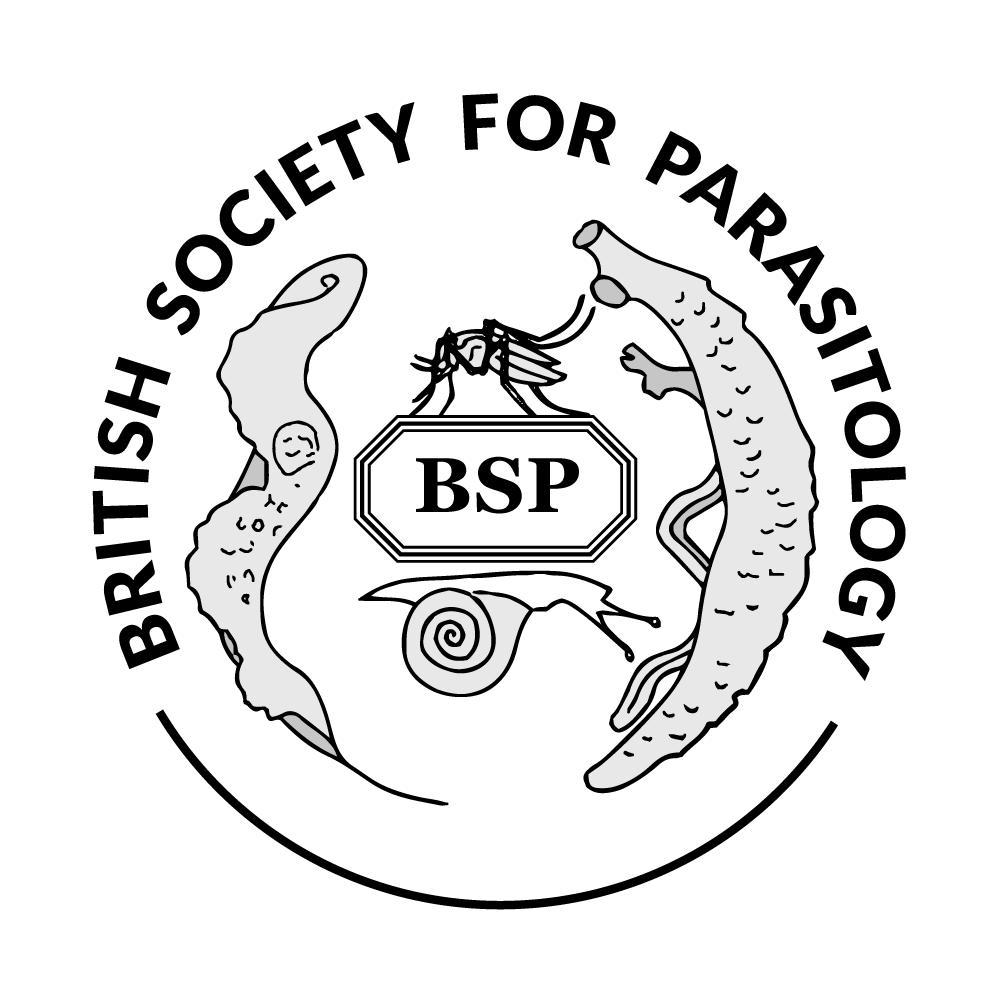

|
Time: To be announced
|
Where:
To be announced
Track:
Speaker:
|
Community engagement and involvement (CEI) is increasingly being used in global health research to reflect peoples voice in decision making in the process of health promotion. CEI help stakeholders to develop healthier relationships with the local communities to address health-related problems by using a bottom-up approach in a culturally appropriate, context-bespoke way. “Empowering people with Cutaneous Leishmaniasis: Intervention Programme to improve the patient journey and reduce Stigma via community Education” (ECLIPSE) is a health and social intervention study carried out in three different countries including Sri Lanka where CL is a reemerging disease. Kolam is considered as a dance drama conducted by masked dancers retelling stories using myth and legend to address a social problem. This study aimed to evaluate the CEI approach in producing a novel intervention, folk drama (Kolam) for the purpose of CL-related health promotion. The ECLIPSE intervention included a folk drama (Kolam) which was produced based on the information gathered through an in-depth qualitative study in three ECLIPSE communities. The CEI approach used in this process of was evaluated using UNICEF Minimum Quality Standards for CE. The evaluation procedure included separate participant observation during the activities of the project and inductive thematic analysis of qualitative material including field notes, structured patient booklets and interview transcripts. The CEI evaluator assessed how the peoples voice was represented in the newly developed intervention. The process included an analysis of the script of the kolam drama which was compared with the findings of the initial thematic analysis using the three core community standards for CE; participation, two-way communication, adaptability and localization. The researchers adopted multiple qualitative methods (including diary studies, patient booklet studies, participant observation, interviews and focus groups) in which community members participated in expressing their experiences, ideas and opinion in the patient journey. The findings of the qualitative work on CL in the three communities revealed three core themes which need to be addressed in health education interventions; diverse clinical manifestations of the skin leision, myths about the pathophysiology of CL and the delivery of public health message. The researchers worked with the artists to incorporate these aspects in producing the Kolama. The character creation was done in a combination of an artistic narration, assimilating the findings of the participant observation conducted in the ECLIPSE communities. The characters of the drama resemble the power hierarchy and behaviours pertaining to the local community. The community-perceived appearance, assumptions and behaviours related to the CL lesion were directly used in the kolam script to indicate different presentations of the lesion by the researchers. It was observed that the exact terms used by people were incorporated in the script. The researches purposefully selected the prominent myths related to CL and the parasite to be included in developing the script. Two-way communication was well used in the interviews and group discussions in identifying the origin of myths and incorrect beliefs related to CL. These finding were adapted in a culturally appropriate context of sarcasm in the acts to deliver the exact public health messages to prevent delay in health seeking for CL. Validation of the script and the dramatical adoptions within the kolama in the specific communities before delivery would add to the adaptability of the new intervention. CEI approach may be effective in the development of culturally appropriate novel interventions.